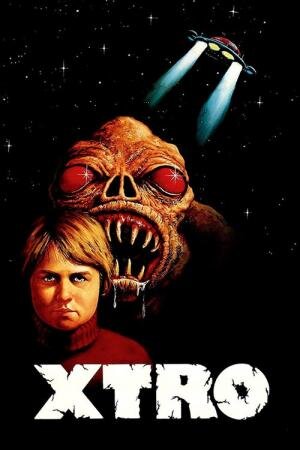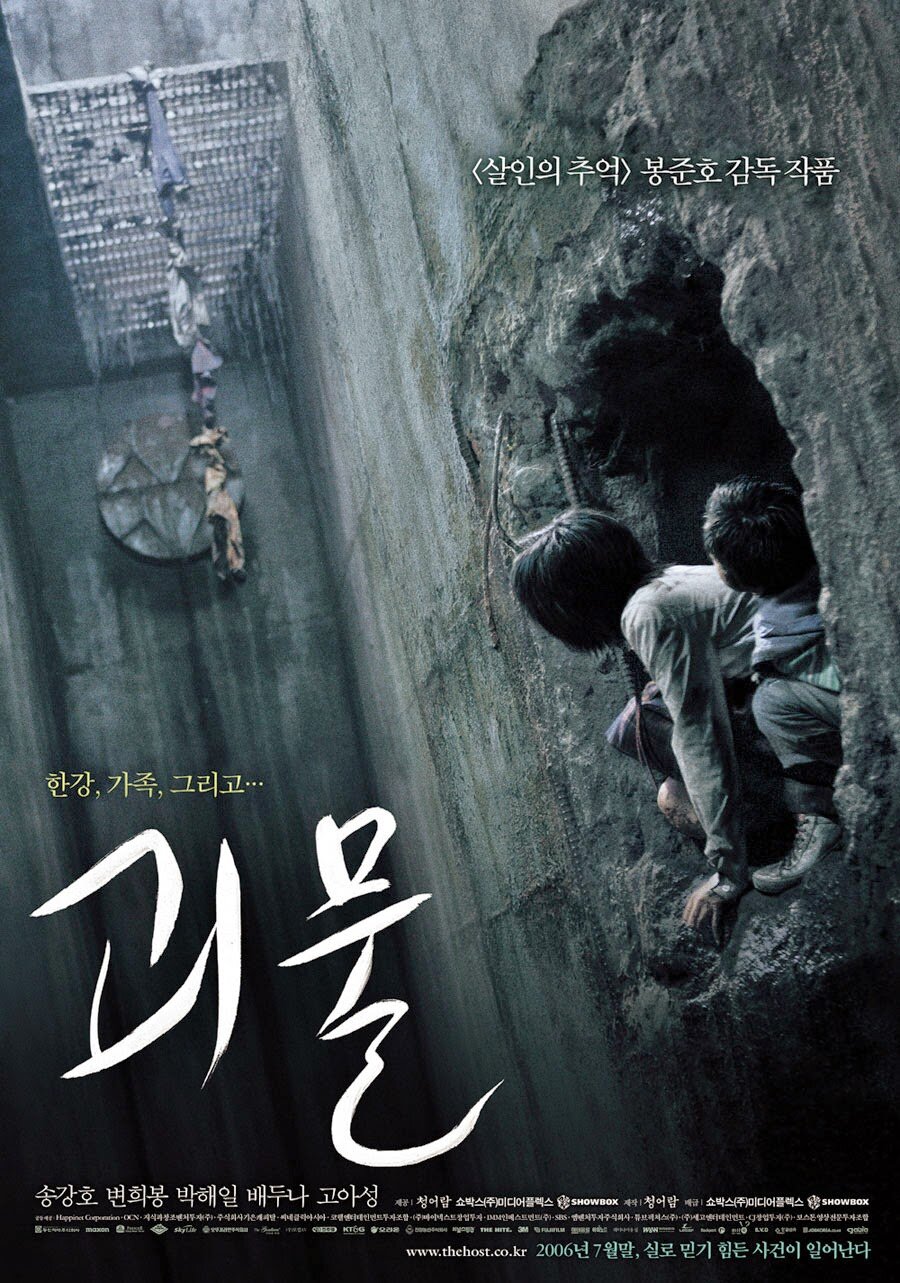Starfish (2018) Film Thoughts
There have been many times in recent years where a friend sees a piece of work, only to point it in my direction because of their impressions of my personal tastes. It’s one of those occasionally bumpy phenomenons where your expressions of interest engrave themselves upon others. It’s a fascinating opportunity for us to better understand the ways we perceive one another. So when an old pal recommended rookie filmmaker, A.T. White’s wildly original STARFISH, I went in with a combination of warmth, and trepidation. And now that I’ve come to the other side of the piece, it can readily be said that I’m happily still processing White’s singular accomplishment here. STARFISH, is a stirringly gorgeous and often confounding voyage through some truly personal wreckage. Like the terrific indie music that wallpapers the film, it is a colorful and strange analog exploration through some clearly difficult human vulnerability.
In the wake of the loss of her closest friend, Aubrey(Virginia Gardner of The Runaways) walks away from a post-funeral gathering, only to walk across her small Colorado-esque community where she breaks into said friend’s apartment where she decides to stay. That is until come morning, she awakens to see her entire mountain town covered in snow, bereft of humans, surrounded by deadly creatures all while seeking ways to stay alive on her own. As for what happened since she slept, the best clues she gets comes in the form of a radio transmission where a male voice informs her of a signal that caused the planet to snow over, ushering in these vicious looking beasts stalking the streets. Following enough clues seemingly left behind by her deceased friend, Grace who seemingly left personal messages for Aubrey via a cassette tape labeled, “THIS MIXTAPE WILL SAVE THE WORLD”, comes to the realization that by seeking out seven separate recordings, a completed signal could be amplified, thereby hopefully reversing this apocalypse. That is, if her feelings are correct.
And the further we explore Aubrey’s endlessly isolated journey, we are granted clues that this film is in no real way any science fiction horror film, but rather a hallucinatory vision of disassociation. Everything we are witnessing from the film’s fetishistic love for analog and pre-digital tech to the IT FOLLOWS-esque erasing of particular time period, helps paint White’s vision as purely internal space. Aubrey’s story seems to have stemmed from the kind of very real place that most films tend to merely simulate, which is what makes STARFISH such an unusual clear translation from script to screen. The indie cinema of today, is often the mid-tier programming of the large studio past. And yet this never feels less than millimeters from someone’s truth. Which is further punctuated by the use of numerous experimental effects, editing, music tinkering, and even animation (by Tezuka Pro no less!)
And even as Aubrey’s truth that she vehemently attempts to avoid on her adventure, it is via the handful of short exchanges she has with either herself, the voice on the other end of the radio, or her friend’s pet turtle, this is where her fight to continue avoiding the world or rejoin unfolds in ways unexpected, and refuses to hand over revelations in easy to grasp bites. As personal as the film is set up, it is equally so come the striking denouement where her mission may or may not have doomed everyone. It’s a pretty bold way to climax such an effects heavy piece that impresses me the longer I think about it.
And despite all the incredible audio visual on display here, the real special effect here is in the performance of Gardner, who gives Aubrey a quiet richness that delivers what it is to never properly say goodbye, or to right past wrongs. And since the film is largely dialogue free, it all has to be done with her eyes which must have been a welcome challenge. Even as she opts to finally leave the confines of the apartment and into the dangerous, snowy streets, her mission to recollect herself by way of shared memories is conveyed with significant weight. The movie lives or dies with a role like this, and she comes out the other end leaving a startling impression.
And cheers to White and his crew for giving us a film that successfully gives us a sense of place with every stop Aubrey makes. There is a dedication to the tactile that is consistently potent throughout that supports the larger concepts of memory, guilt, and grief. Everything on screen feels like we’ve touched these places and objects before. As psychological as this space is, these are real feelings, and we’re being invited to share in them. If anything, we are made witness to cinematic voices we are guaranteed to see again. And I for one am thrilled at the prospect.















